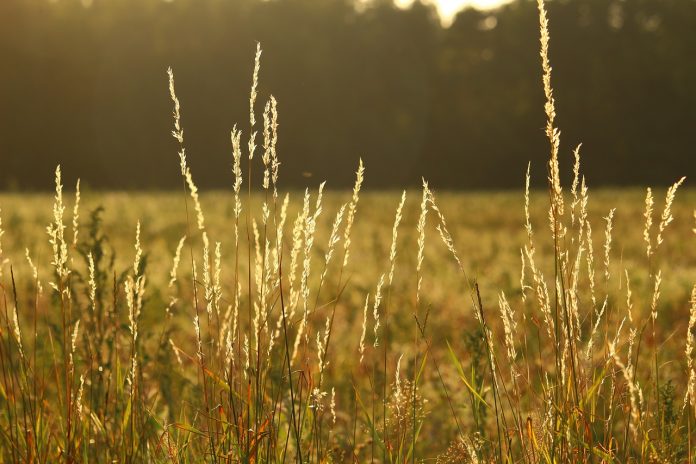For many, 2021 has provided ample precipitation to maintain healthy and productive forage crops. This has allowed for efficient grazing and the ability to make good quality bales.
With fall quickly approaching, now is a good time to consider management strategies for the remainder of the year that will help 2022 be a success.
Fall Armyworm
Many producers have been surprised the last few weeks to discover feeding damage from fall armyworm. Some fields have minimal feeding damage, while others I’ve witnessed have been destroyed.
While the first round has done damage, we need to be scouting fields for the next possible round of feeding by fall armyworm. Newly seeded fields are of special concern.
We do not recommend mowing this late in the year, so any additional feeding will likely need to be controlled with insecticides. If an insecticide treatment is made and livestock are grazing, pay particular attention to grazing restrictions.
Contact your county extension educator or see the MSU-OSU Field Crops Insect Pest Management Guide available at aginsects.osu.edu/sites/aginsects/files/imce/MSU%20-%20OSU%20Insect%20IPM%20Guide.pdf for fall armyworm control recommendations.
The Ohio State University extension forages website has additional information, including fall armyworm identification, at forages.osu.edu/forage-management/pests-diseases.
Fall management reminders
Fall is an excellent time to observe and evaluate your pastures, completed needed tasks, develop plans and take action. Recommendations include the following:
– Soil test your pastures to determine soil pH and nutrient requirements. As you are probably aware, fertilizer prices have been increasing. A soil test will provide information upon which you can develop a fertility plan.
If lime is recommended, apply it at the recommended rate. Soil pH not in the desired range doesn’t allow plants to use nutrients to their fullest extent. Ideally, each pasture is tested every two to three years. The OSU extension publication, Fertility Management of Meadows, may be of interest: ohioline.osu.edu/factsheet/anr-5.
– Inventory your pastures to determine what species and amounts are present. Did fall armyworm damage the forages? Are weeds a concern? Is there a need to renovate your pastures?
– Stockpile forages to capitalize on grazing opportunities in the late fall and winter. Allowing an animal to harvest forage is the least expensive method, so why not take advantage of these opportunities?
– Determine what improvements are necessary. Could a wet spot benefit from tile? Are there sections of fence that need repaired or replaced? What is the condition of fence posts? Do you see trees or other brush that needs cleaned from the fence?
– Plan for next year. Assessing what worked and what needs improved will help in developing your plan. Develop a list of specific, measurable, attainable, rewarding and time (SMART) goals. Prioritize your goals and provide a cost estimate for each. Your goals will determine your actions.
– Learn all you can about pasture management, grazing and forage production. Take advantage of OSU extension courses and reference material, expand your knowledge by talking with others who are grazing livestock and attend field days and seminars.
Consult these OSU extension resources for additional information:
- OSU Extension Beef Team: u.osu.edu/beefteam/
- OSU Extension Forages: forages.osu.edu/home
- OSU Extension Sheep Team: u.osu.edu/sheep/
Summary
There is not a cookie-cutter approach to grazing livestock — each farm and animal is different. However, following basic management steps and investing time developing plans can pay big dividends.
Take time to evaluate your situation, develop goals, and invite trusted experts to your farm to assist you in being successful.













